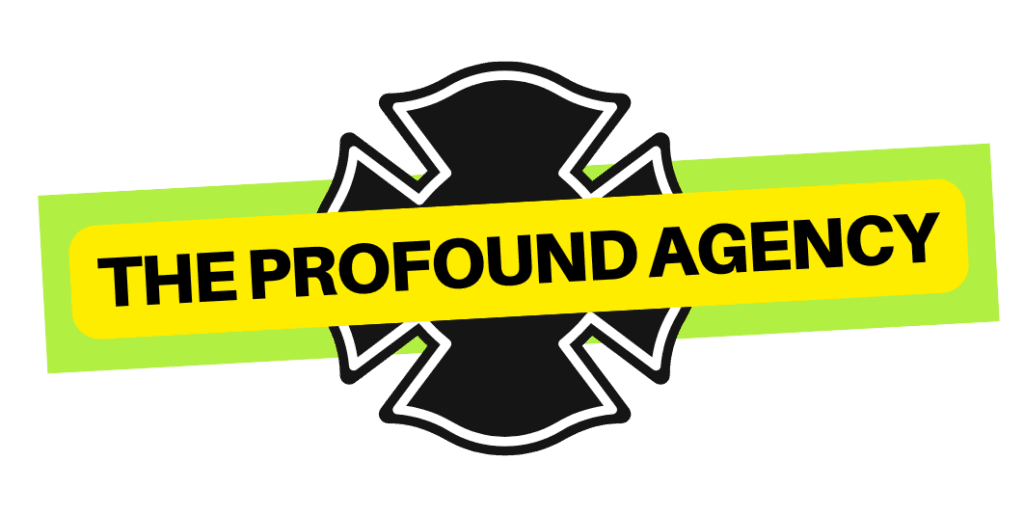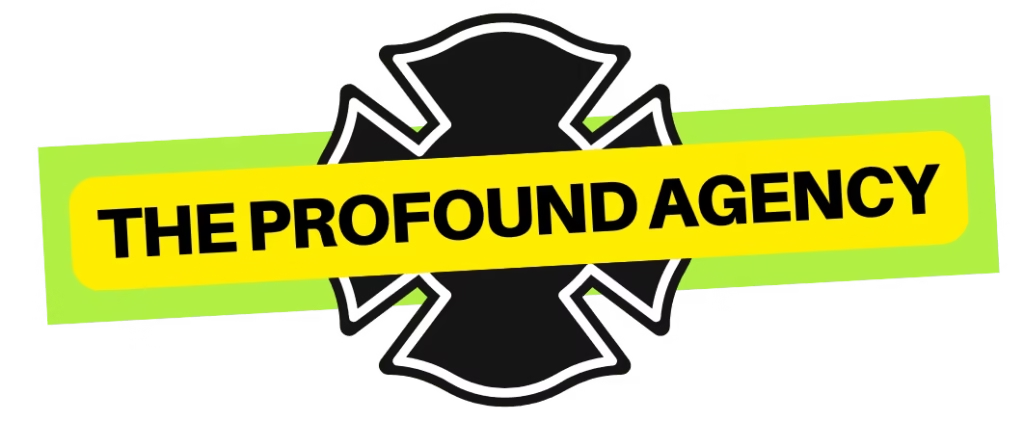In the bustling landscape of digital media, non-profit organizations face the perpetual challenge of standing out amidst the noise to share their mission with the world. With limited resources and fierce competition for attention, traditional organic outreach may not always suffice. However, in this age of digital marketing, non-profits have a powerful tool at their disposal: paid media distribution. By strategically investing in paid advertising and storytelling, non-profits can expand their reach, engage new audiences, and drive meaningful impact for their cause.
The Power of Paid Media Distribution
Paid media distribution refers to the strategic allocation of funds to promote content across various online platforms such as social media, search engines, and relevant websites. Unlike organic reach, paid distribution ensures that content reaches a broader and more targeted audience. For non-profits, this means the opportunity to amplify their message and garner support from individuals who may not have otherwise encountered their cause.
Crafting Compelling Stories
At the heart of effective paid media distribution lies compelling storytelling. Non-profits must leverage the power of narrative to evoke emotion, inspire action, and foster connection with their audience. Whether it’s sharing personal anecdotes, highlighting success stories, or illustrating the impact of their work, storytelling humanizes the mission and creates a lasting impression on viewers.
Targeted Audience Engagement
One of the key advantages of paid media distribution is its ability to precisely target specific audience segments based on demographics, interests, and online behavior. Non-profits can leverage this capability to reach individuals who are most likely to resonate with their cause and take action. By tailoring messaging to different audience segments, non-profits can maximize engagement and drive conversions effectively.
Leveraging Different Platforms
Paid media distribution encompasses a wide range of platforms, each offering unique opportunities for non-profits to connect with their audience. Social media platforms like Facebook, Instagram, and Twitter provide a dynamic space for storytelling through visuals, videos, and interactive content. Meanwhile, search engine advertising enables non-profits to capture the attention of individuals actively seeking information related to their cause. By diversifying their approach and experimenting with different platforms, non-profits can optimize their reach and engagement across various channels.
Measuring Impact and Optimizing Strategies
As with any marketing initiative, measuring the impact of paid media distribution is crucial for non-profits to assess the effectiveness of their efforts and refine their strategies accordingly. By tracking key metrics such as reach, engagement, conversions, and return on investment (ROI), non-profits can gain valuable insights into what resonates with their audience and adjust their approach for maximum impact. Additionally, A/B testing different ad creatives, targeting criteria, and messaging allows non-profits to continuously optimize their campaigns and improve performance over time.
Conclusion
In an increasingly digital world, non-profits must adapt and leverage the power of paid media distribution to share their mission and drive meaningful change. By crafting compelling stories, targeting specific audience segments, and utilizing various online platforms, non-profits can amplify their impact and reach a broader audience than ever before. With strategic planning, creative execution, and a commitment to measuring results, paid media distribution can be a powerful tool in the arsenal of non-profits striving to make a difference in the world.
View a list of our Publications: https://press.theprofound.agency
Visit our website at: https://theprofound.agency

